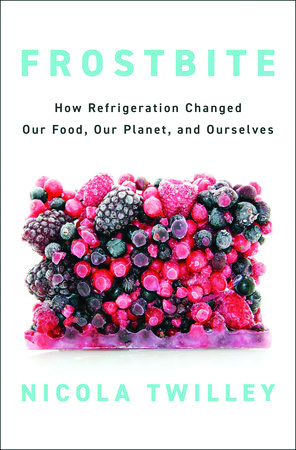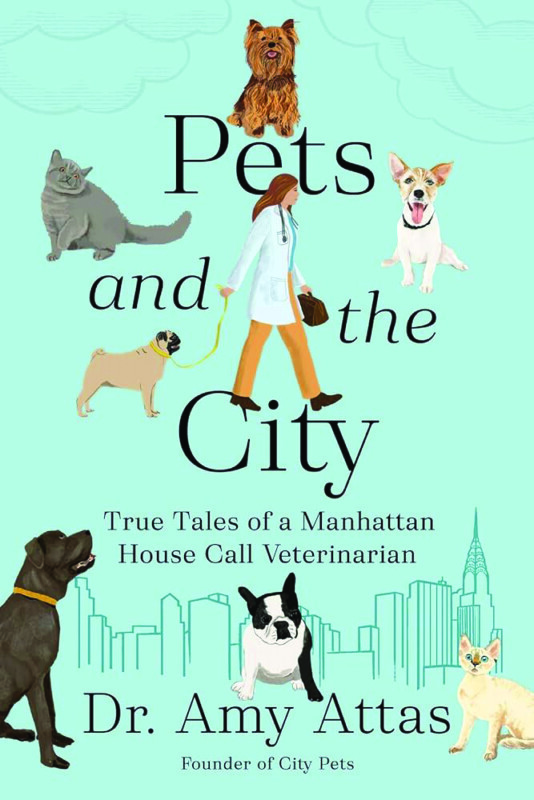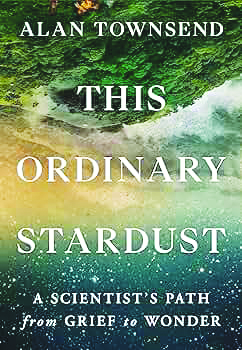The Midnight Feast, by Lucy Foley (William Morrow, 350 pages)
The jacket of Lucy Foley’s The Midnight Feast promises a “deliciously twisty murder mystery,” which is more a nod to the title than a description of the book itself.
Foley, a British author who has been compared to Agatha Christie, has enjoyed success in the genre (her 2020 book The Guest List was a Reese’s Book Club pick) despite a parade of cookie-cutter covers that may be all the rage but to me suggests that the content within lacks originality.
That can’t be said of The Midnight Feast, which is complexly plotted and tries at times to deliver cultural commentary within the core mystery. But the novel suffers from an unsatisfying pileup of perspectives that prevents readers from developing any real connection with the characters.
The Midnight Feast begins at the gala opening of an opulent resort called “The Manor,” which overlooks a cliff on the Dorset Coast in southern England. The owner, Francesca Meadows, is a wealthy wellness influencer of sorts reminiscent of Gwyneth Paltrow, and is determined to give her guests a goopy good time despite the objection of locals who believe her dream estate has desecrated sacred ground.
Francesca, “very good at living in the now,” wears a black opal ring because the stone signifies “purification for the body and soul” and “provides you with a shield against energy.” She’s very much into crystals. Every room at The Manor has a selection of stones in it for the guests’ well-being and sticks of sage to burn “for cleansing.” The place has signature scents and a signature cocktail whose ingredients include ginger, vodka and a dash of CBD oil. The guests themselves are “carefully curated” to keep out the wrong kind of people.
Francesca, newly married to the architect who designed The Manor’s infinity pool, is introduced as something of a dopey villain. Disdainful of the locals and their spooky folk tales, she is scheming to acquire an old farm down the road where “the animals look sad, like they’re begging for a better life. They honestly do!”
She inherited the property from her grandmother, and she had treated her grandfather poorly in his last years of life, thinking that he was simply daft when he warned her repeatedly, “You must keep the birds happy; don’t upset the birds.”
The birds, of course, aren’t literal birds in this context, although there are plenty of them in the story, which is heavy-handed with the bird imagery. According to local legend, The Birds are human-size creatures with beaked faces that occupy the woods and demand sacrifices and on occasion take a life for themselves, leaving behind a feather or two.
Snippets of this are revealed as the story unfolds in staccato, told by five narrators interspersed with excerpts from the diary of one of the characters, and yes, this is just confusing as it sounds. In fact it’s more confusing than it sounds because the story also jumps around in time, from June 2025 to July 2010, and back and forth between the day before the solstice (i.e. the titular “midnight feast”) and the day after it. There’s so much whiplash here that the book could be a ride at the Big E.
The narrators include Bella, a single mother who has come alone to opening weekend for reasons that we learn right away are Very Mysterious, since she has brought with her a folder of articles about Francesca.
There’s also Eddie, a young employee at The Manor, whose family owns the dilapidated farm down the road and who is hiding from his family the fact that he works here. There’s Owen, Francesca’s new husband, who doesn’t seem to be a very happy newlywed; and a DI (detective inspector) named Walker who is tasked with investigating a fire and mysterious deaths at the property. Along with Francesca, they all take turns narrating what’s happening in real time and revealing snippets of the past that connect them to each other and to the land.
Although the language is simple (too much so, one might say) and the chapters short, the constant change of perspective is wearisome and diminishes character development. Also, for a book that is heralded for its plot twists, alert readers can see many of them coming, and there is nothing revealed at the end that will leave us mulling the story in disbelief for days afterward. More likely, the ending is likely to result in a feeling of relief — we’re glad things are resolved so we can move on to a more compelling book.
On the plus side, for a murder mystery, there is very little gore involved, and only a couple of scenes that might be problematic for PETA.
Credit the author for managing to neatly tie up all the loose ends at the close of the novel; she had a destination in mind and gets us there eventually. No doubt some people will consider her a mastermind for navigating such a complicated plot, but it comes at the expense of the reader. C






